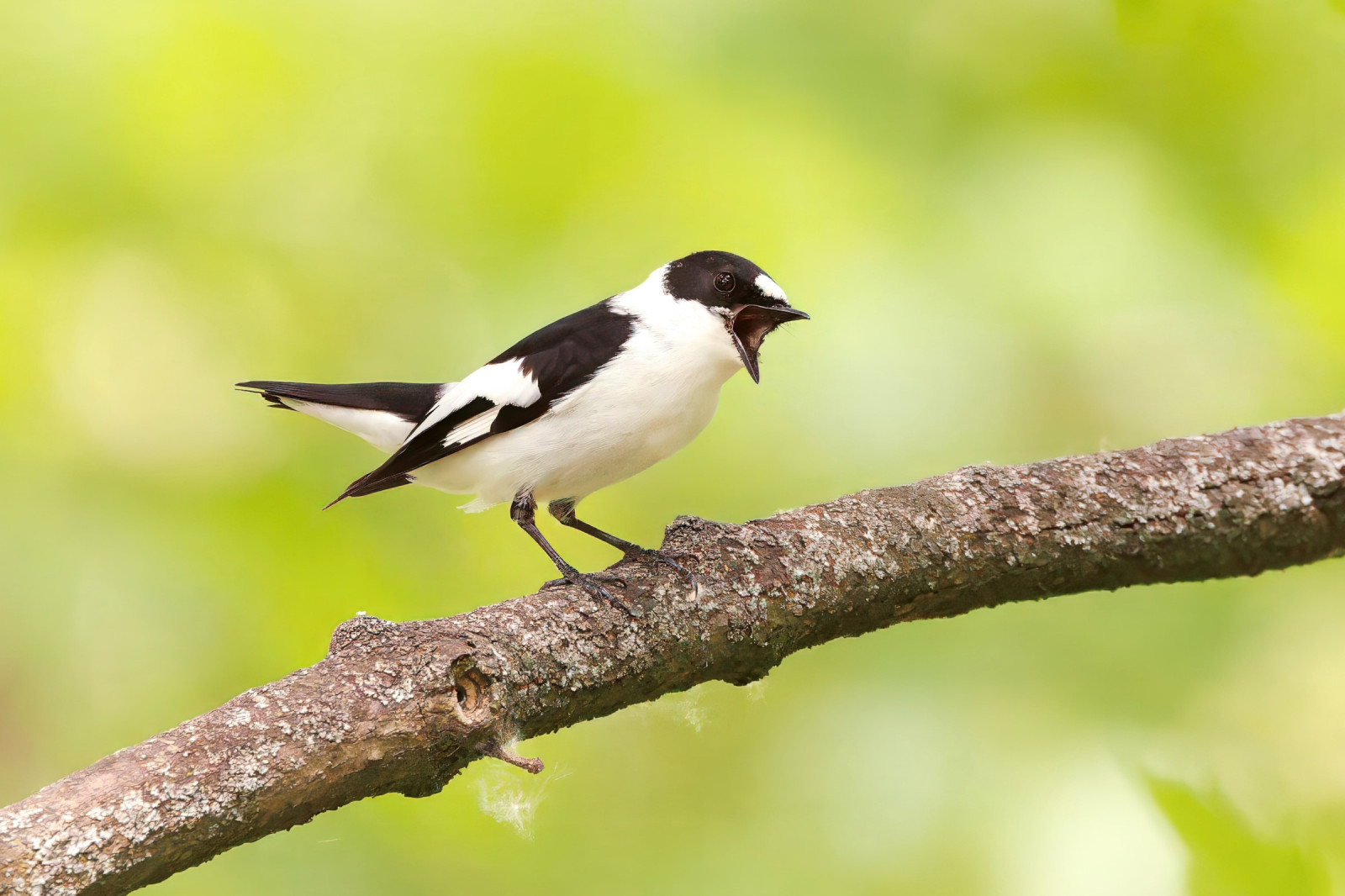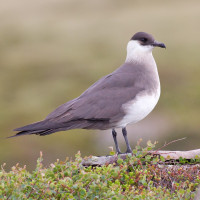Description
No less than 244 bird species have been recorded on the islands of Stockskär and Häradskär. In March the migration of gaga starts. Thousands of of them can bee seen migrating past the island if the weather is okay. At the same time the first komatni deževnik, duplinska kozarka, školjkarica and obalna vriskarica can be seen in smaller numbers. You can also see smaller amounts of migrating marine ducks and loons, but only in small numbers. At this time the first auks also arrive.
In April the spring birds continue to arrive. The migration of marine ducks continues, and sometimes hundreds of rjavka might be seen migrating. Sometimes a couple of čopasti ponirek, zlatouhi ponirek and rjavovrati ponirek can be seen resting or passing. The first terns also arrive in april.
In May large number passerine birds arrive. Hundreds of warblers can bee seen resting on the island on their way north. Some birds who are numerous during this season are pogorelček (as many as 50 have been seen in a day), mlinarček (as many as 750 have been seen in a day), rjava penica (as many as 50 have been seen in a day), severni kovaček (up to 500 have been seen in a day), črnoglavka (as many as 150 have been seen in a day), severni kovaček (as many as 500 have been seen in a day), vrbji kova ek (as many as 40 have been seen in a day), grmovščica (as many as 75 have been seen in a day). Most passerine birds are seen around the 10th of May. Along with theese birds you can find many rare ones like modra taščica (relativley common) belovrati muhar (possible if the conditions are right), mali muhar (seen almost every year) šmarnica (seen every year), močvirska uharica (seen almost every year) komatar (seen some years), beloperuti krivokljun (some years) mali strnad (seen only some years). In May large amounts terns also pass the islands, sometimes in the hundreds.
After May has passed it is not until September that the islands start to become rich in birds. The migration starts with passing rjavovrati ponirek. A few passerine birds also rest on the island on their way south. Like kobiličar (rare). It is in the middle of September that the waterfowl starts to migrate south which continues all the way into September. Starting with marine ducks and dabbling ducks. Most common are the crna raca (as many as 4400 have been seen migrating in a day), beloliska (as many as 3400 have been seen migrating in a day), srednji žagar (as many as 770 have been seen migrating in a day), žvižgavka (as many as 3600 have been seen migrating in a day) who can be seen in the thousands migrating. Later in the season grivasta gos starts to migrate south often in the thousands.
In October/late September the large amounts of passerine birds return, this time with hundreds of rumenoglavi kraljicek (at most 600), tašcica (at most 300), stržek (at most 400), dolgoprsti plezalček (at most 120), brezovcek (at most 800), cikovt (at most 500). In autumn ringing is carried out at Häradsskär. Along with these birds it is not rare to find a rare warbler or pipit like mušja listnica (almost every year), vrbji kova ek (the siberan subspecies tristis is regular at the island), kraljičica (in total 10 of this vagrant have been seen on the island). The islands are quite attractive to many birds and the place has a quite long list of vagrants. This island also has the only 2 records of bičji kobiličar in Sweden. In no other place has this bird been seen, but here its been seen twice.
Details
Access
The boats to Häradskär start from Fyrudden harbour. Getting to Häradskär with a ferry costs from 400 SEK per person (evening trip to Häradskär with Skärgårdskompaniet, see the link below for more info). Taxi boats are more expensive, but you can choose when you want to go.
Terrain and Habitat
Forest , Scattered trees and bushes , SeaConditions
HillyCircular trail
NoIs a telescope useful?
Can be usefulGood birding season
Spring , SummerBest time to visit
Autumn migration , Autumn , Spring migration , SpringRoute
Wide pathDifficulty walking trail
Average walkAccessible by
BoatBirdwatching hide / platform
NoExtra info
The ringing of birds is carried out in autumn.



